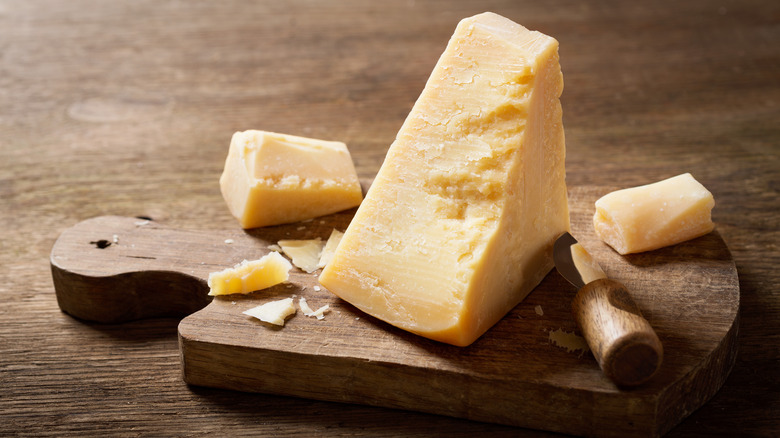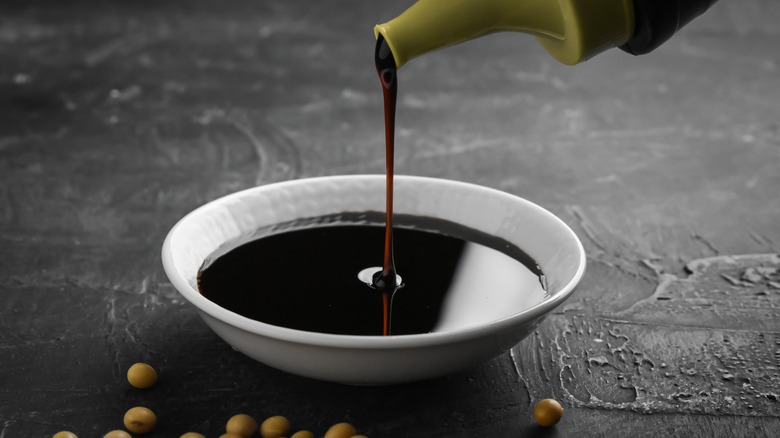How To Achieve The Wonderful Taste Of Umami
While many acknowledge the tastes of sweet, sour, savory, and bitter, umami is sometimes still forgotten. This is silly, especially since umami may be one of the most outwardly crave-worthy and desirable flavors, inherent in everything from miso to Parmesan cheese to red meat. Umami is the fifth taste that can be slightly challenging to describe or define, but it's essentially a rich, savory note that is difficult to otherwise pin down (via The New Yorker).
TODAY spoke with Nancy Rawson, Monell Chemical Senses Center's associate director and vice president, who notes that "[umami] has a bit of sense of fullness ... it's bringing a fuller flavor, a deeper flavor of food." Many refer to a dish or food with a high amount of umami as an "umami bomb," and one especially umami-driven food is anything fermented, which has become a very trendy food category in recent years. Most umami flavors are inherently salty and meaty. If your mouth is watering just from the thought, we have good news: There are ways to add umami to any dish.
How do I add umami to my cooking?
Umami Info states that "umami is the taste of glutamate, an amino acid that is one of the building blocks of protein." Particular items notably contain umami, ranging from tomatoes and salmon to anchovies and green tea. While the essence was only considered a taste in the early 2000s, it was actually first noticed and named over 100 years ago in Japan by a scientist named Dr. Kikunae Ikeda. He was eating konbu dashi — a rich, salty, umami-laden Japanese broth derived from seaweed – and the name itself means "essence of deliciousness." Umami offers a longer taste, a wider range of flavors that spread across the tongue, and often results in a "mouth-watering sensation," as noted by Umami Info.
Looking to bulk up your umami content in your home cooking? Stock up on miso, truffle oil, soy sauces, proteins, sauces, Parmesan, and seeds, according to Umami Info. MSG is a pretty distilled umami-driven product that can be used to add a wallop of umami-based flavor. Lastly, cooking your proteins or vegetables and browning them thoroughly in a fat-like butter or oil will take advantage of the Maillard reaction to emphasize the flavors of the food (per Insider).

